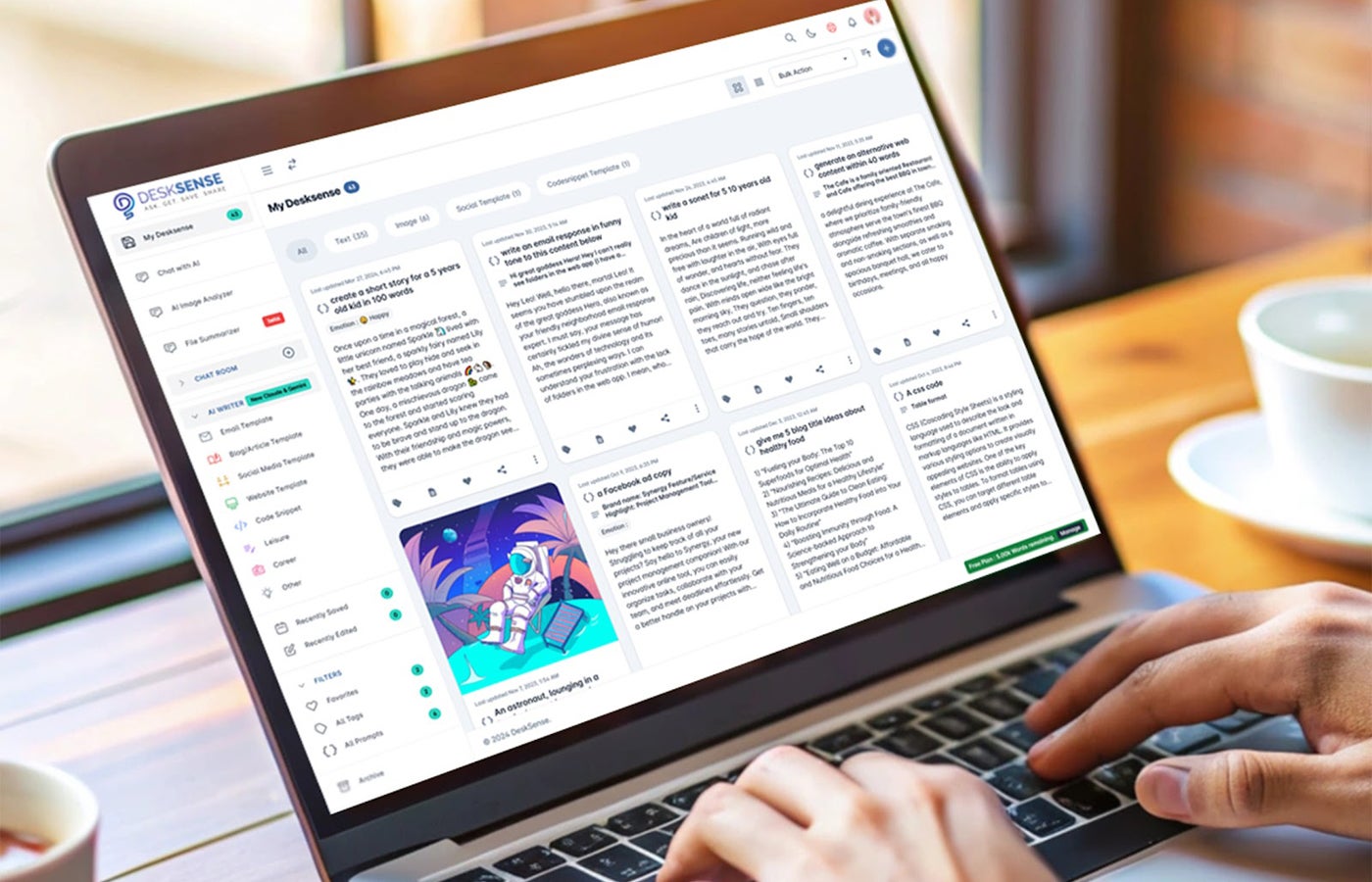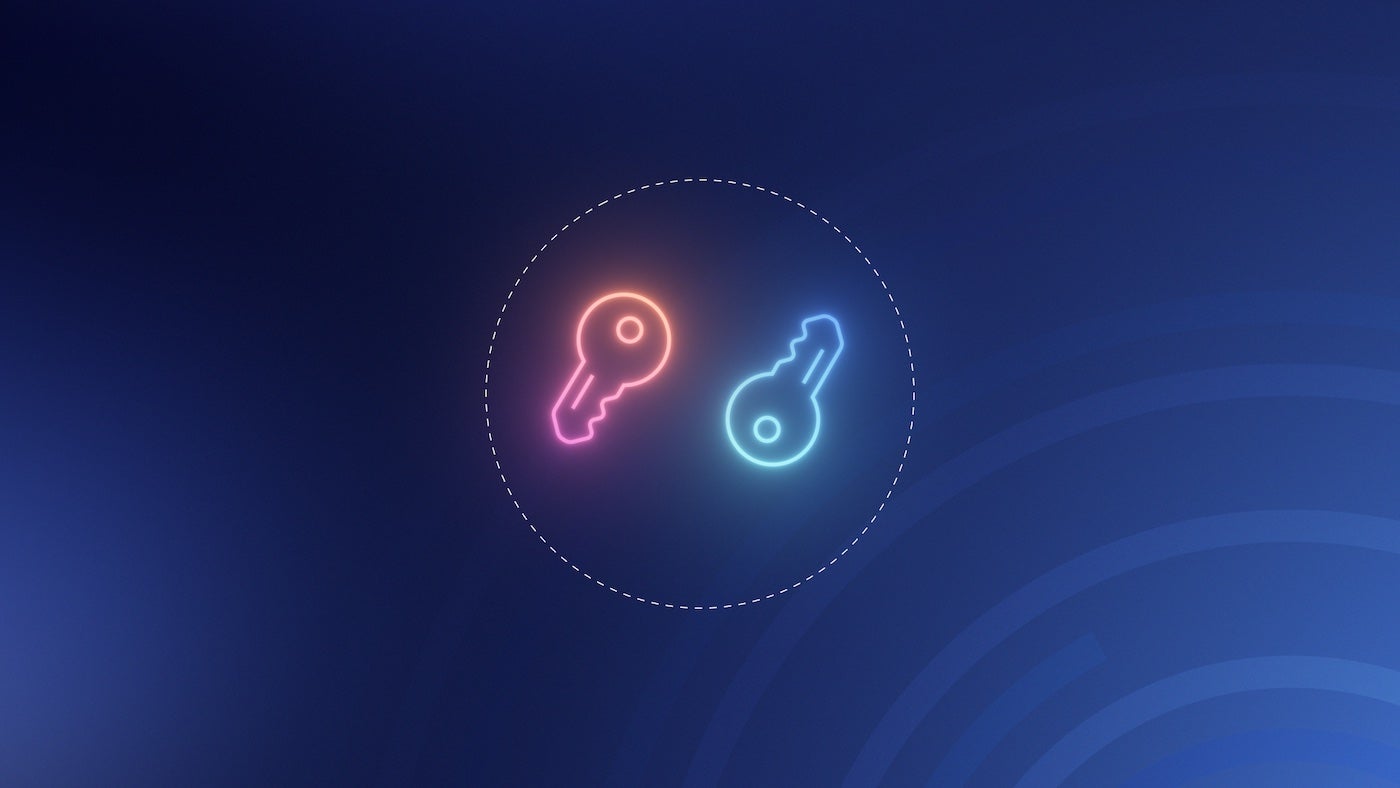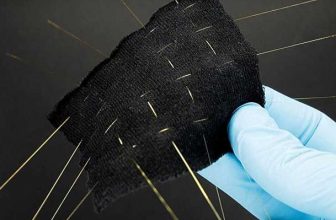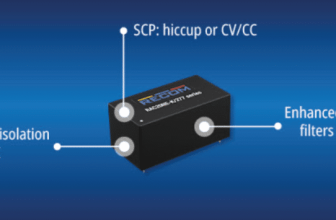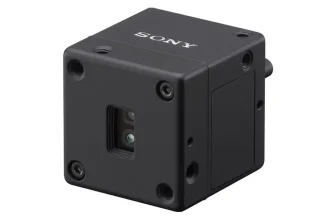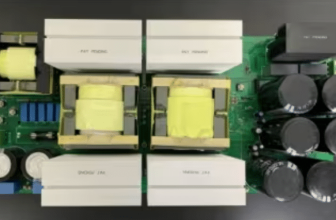
Check out our latest products
What if tracking movement and actions indoors using just Wi-Fi, without any privacy concern? Channel state information-powered AI has the answer. Smart sensing becomes faster, lighter, and deployable on everyday edge devices.
The Internet of Things (IoT) is revolutionising how we interact with our surroundings—from adjusting lights in a smart environment to monitoring patients in healthcare settings. To interact with the environment, two things are essential: activity and a person’s location. Identifying the activity is known as activity recognition, while locating the exact position is called localisation. Tracking combines both.
One way to achieve this is by installing indoor cameras, but that raises privacy concerns and increases costs. To overcome these challenges, we can leverage signals from existing wireless fidelity (Wi-Fi) devices. This eliminates the cost of camera installation and addresses privacy concerns by relying on Wi-Fi signals.

Traditionally, the global positioning system (GPS) is used for localisation, but it performs poorly indoors due to signal blockage from walls and furniture, resulting in inaccurate positioning.
To address this, we use channel state information (CSI) from Wi-Fi. As Wi-Fi signals move through space, they encounter obstacles like walls, furniture, and human bodies, altering their amplitude and phase. CSI captures these changes, offering fine-grained insights into the wireless channel. By analysing these signal variations, CSI enables motion detection, activity recognition, and even localisation—without the need for extra sensors or cameras.
How it is applied
In the context of human activity recognition and localisation, CSI is particularly useful because it enables non-intrusive monitoring. For instance, in geriatric care, CSI can detect falls or unusual movements without needing wearable devices, ensuring continuous monitoring while maintaining comfort and dignity.

Similarly, in smart homes, CSI can recognise activities like walking, sitting, and sleeping, allowing automation systems to adjust lighting, temperature, or security settings accordingly. For localisation, generally, GPS is used, but it is not particularly useful indoors. In hospitals or assisted living facilities, CSI based localisation can track the movement of elderly individuals or patients with cognitive impairments (like, Alzheimer’s). Alerts can be sent to caregivers if a patient wanders into restricted areas or exits the premises. In case a person collapses in a home or hospital room, the system can pinpoint their exact location and trigger an emergency alert, thus reducing response time.
Meanwhile, within a smart environment, a particular activity can signify different things; for example, in the living room, doing an upward gesture will indicate increasing the TV volume, while the same gesture in the bedroom will mean changing the AC temperature. Thus, we need to jointly identify activity and location with CSI; this is known as CSI-based joint activity recognition and localisation.
Deep learning for CSI-based recognition
Once we have the CSI data, we need to train a model that can be used later on to identify real-time activity and location. We train a deep learning-based model, specifically convolutional neural network (CNN), to perform this task. Effectively, training a model means mapping the labeled input data to its output, and in the process, the model learns some parameters called weights and biases. These learned weights and biases are then used later on for real-time inference.

CNNs use filters to learn relevant information in the data for the given task at hand. These models, often reliant on complex neural networks, require significant memory and processing power, making real-time deployment on resource-constrained edge devices difficult. Deep neural networks used for CSI analysis often have millions of parameters, making them unsuitable for embedded systems. Also, limited processing power on edge devices slows inference, making real-time applications difficult.
To overcome these challenges while deploying this CNN-based model on edge devices, we need to compress the size of the model and also reduce the computational complexity. The size of the model depends on the number of parameters (weights and biases) it has, and the computational complexity depends on the number of Floating Point Operation per second (FLOPs) the model needs to perform. This can be done via model compression. There are two major model compression methodologies:
Optimising CSI models with quantisation and pruning
Quantisation reduces the numerical precision of model weights and activations. In neural networks, weights are typically stored as 32-bit floating-point (FP32) numbers. Suppose, if the value of a weight is 0.15625, in FP32 representation, it is stored as 0 01111100 01010000000000000000000, where the first 0 represents the sign, the next 8 bits represent the exponent, and the last 23 bits represent the mantissa. FP32 representation takes 32 bits or 4 bytes.
In order to reduce the precision, we perform quantisation. For INT8 quantisation, the values are mapped to a range having 28= 256 representable values. For INT8, this range can be used as [-128, 127].
Quantisation mathematically is given as: xq = round 1sx − z
where s is the scale factor, z is the value to which the original zero is mapped in lower precision, and the round function rounds off the value to the nearest integer. The value 0.15625 in INT8 precision will be represented as 20. INT8 precision takes only 1 byte compared to 4 bytes taken by FP32. So, by quantising the parameters to INT8 from FP32, we are reducing the model size by 4 times, which is significant. We can even quantise the weights to lower bit-widths.
Obviously, this loss in precision introduces some quantisation error, which degrades the model accuracy, but we need to find an optimal balance between model size and performance.
The other compression technique is pruning. Less important weights are removed from the network, thus making the model smaller and more efficient. As the number of parameters decreases, the FLOPs reduce as well and reducing the computational complexity of the model. The weights are removed based on a preset criterion like l1 or l2-norm or their contribution to the loss function. Weights with lesser magnitudes are considered less significant and thus removed. The amount of parameters to be removed can be controlled by controlling the sparsity introduced in the model while pruning. As the parameters are removed, although less significant, the model performance degrades, and an optimal balance between size and accuracy is needed. The methodology used is shown in Algorithm 1.
Algorithm 1: CSI-based joint activity recognition and localisation
Input: CSI Data X∈RN×K×2X in mathbb{R}^{N times K times 2}X∈RN×K×2
Output: Predicted Activity A^hat{A}A^ and Location L^hat{L}L^
Step 1: CSI data collection
- Collect raw CSI data from Wi-Fi signals in the environment.
- Pre-process the CSI data by removing noise and applying normalisation.
Step 2: Model training (deep learning)
- Train a CNN using labelled CSI data.
- Optimise the model weights through backpropagation to minimise the loss.
Step 3: Model compression
- Pruning: Eliminate insignificant weights to reduce the overall model size.
- Quantisation: Convert model weights to a lower-precision format to save memory.
Step 4: Optimisation and evaluation
- Evaluate model performance in terms of accuracy and latency, both before and after compression.
- If performance drops significantly:
- Adjust compression parameters.
- Retrain the model.
Step 5: Deployment on edge devices
- Deploy the compressed model onto an edge device (such as, Raspberry Pi 4).
- Run inference on real-time CSI data to predict the activity A^hat{A}A^ and location L^hat{L}L^.

The performance evaluation
We can significantly compress the model further by combining these two techniques. First, we prune the model, which leads to a smaller model with fewer parameters, and then we quantise it to further reduce the model size. We pose the model training as a classification task. The impact of compression on accuracy is shown in Fig. 3.


Fig.4: t-SNE of joint (a) activity recognition and (b) localisation
We get an accuracy of 99.25 per cent for the localisation task and 95.32 per cent for the activity recognition task from the original model without pruning or quantisation. When we compress the model to 80 per cent sparsity and 7 bits to get an optimal balance between model size, complexity, and performance, we achieve an accuracy of 84.89 per cent for localisation and 66.55% for activity recognition. The t-SNE (t-distributed stochastic neighbor embedding) is plotted in Fig.4. As the complexity and size of the model reduced significantly, the inference time also decreased significantly.
We deployed the model on Raspberry Pi 4, and the inference speed of the compressed model was reduced to 10.16ms compared to 49.93ms of the original uncompressed model. Thus, compressing the model leads to a reduction in inference speed by almost 80 per cent. Thus, model compression helps in deploying the models on edge efficiently.
Final thoughts
CSI-based tracking can evolve for use in smart cities, retail, and industrial automation. Future improvements may focus on enhancing model efficiency, integrating with emerging wireless technologies like 6G, and ensuring better privacy through federated learning.
Avnish Aryan is pursuing BTech and undergraduate research in Electrical and Electronics Engineering in the Department of Electrical Engineering, Indian Institute of Technology, Patna, India .
Dr Sudhir Kumar is an Associate Professor at the Department of Electrical Engineering, Indian Institute of Technology, Patna, India .
(This work was supported by the Department of Science and Technology, Government of India, under grant NGP/GTD/Sudhir/IITPatna/BR/05/2022 at the Indian Institute of Technology Patna, Bihar, India.)


![[5G & 2.4G] Indoor/Outdoor Security Camera for Home, Baby/Elder/Dog/Pet Camera with Phone App, Wi-Fi Camera w/Spotlight, Color Night Vision, 2-Way Audio, 24/7, SD/Cloud Storage, Work w/Alexa, 2Pack](https://m.media-amazon.com/images/I/71gzKbvCrrL._AC_SL1500_.jpg)



![[3 Pack] Sport Bands Compatible with Fitbit Charge 5 Bands Women Men, Adjustable Soft Silicone Charge 5 Wristband Strap for Fitbit Charge 5, Large](https://m.media-amazon.com/images/I/61Tqj4Sz2rL._AC_SL1500_.jpg)
